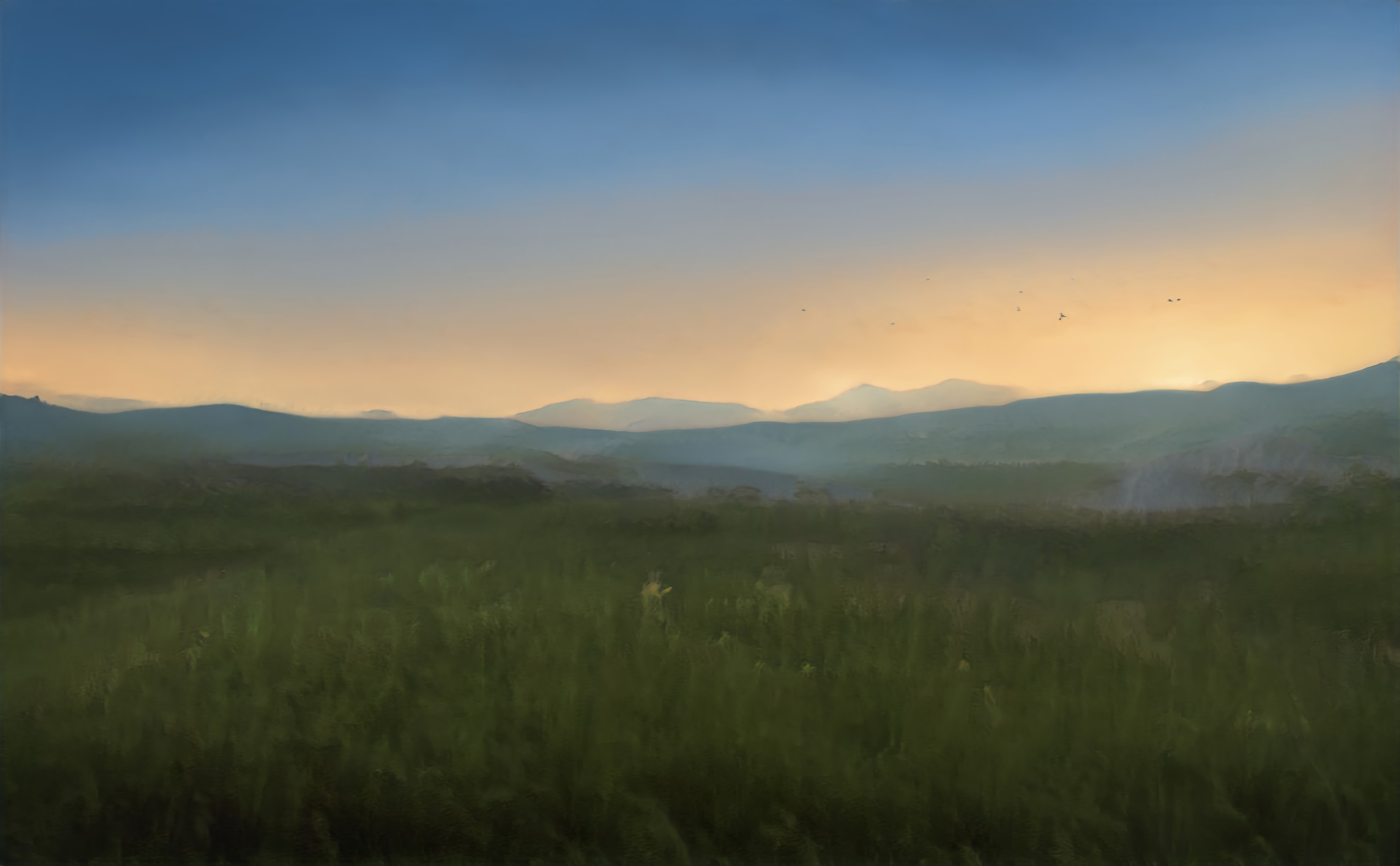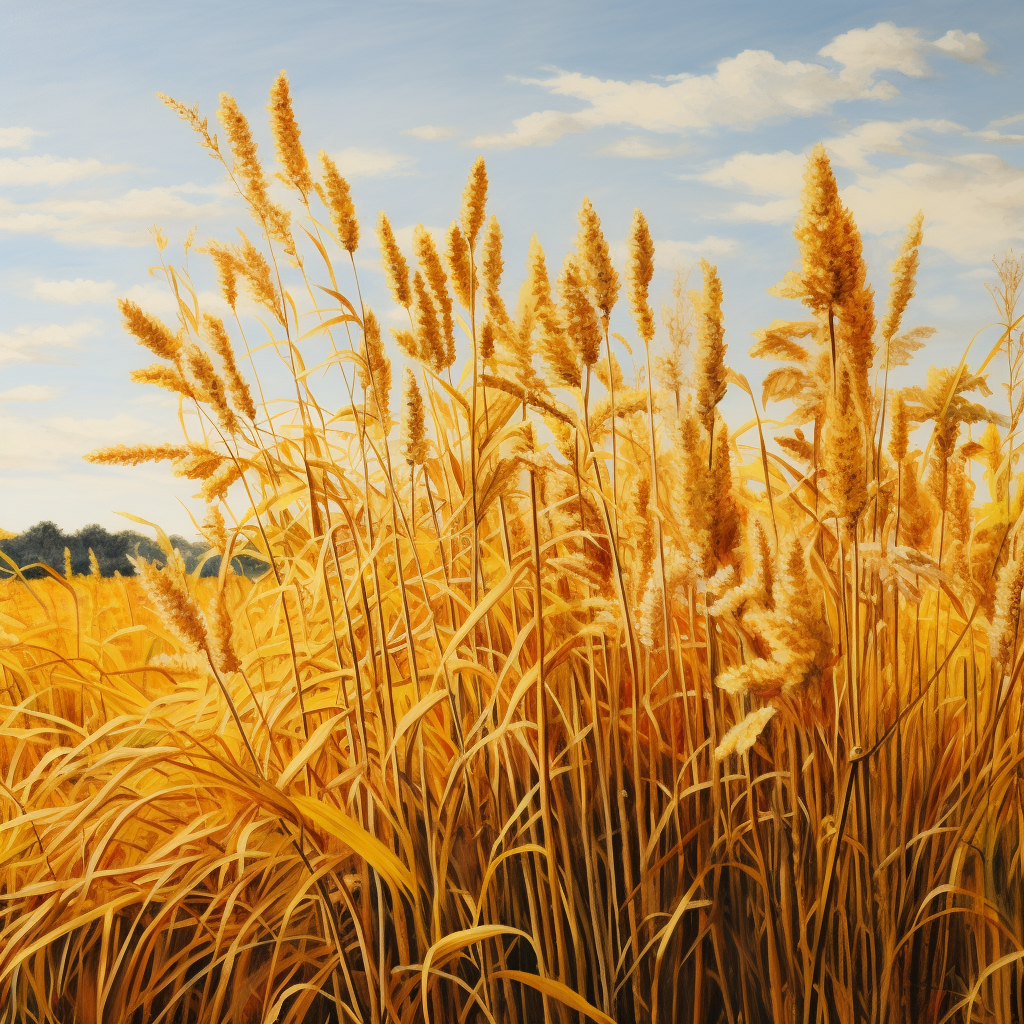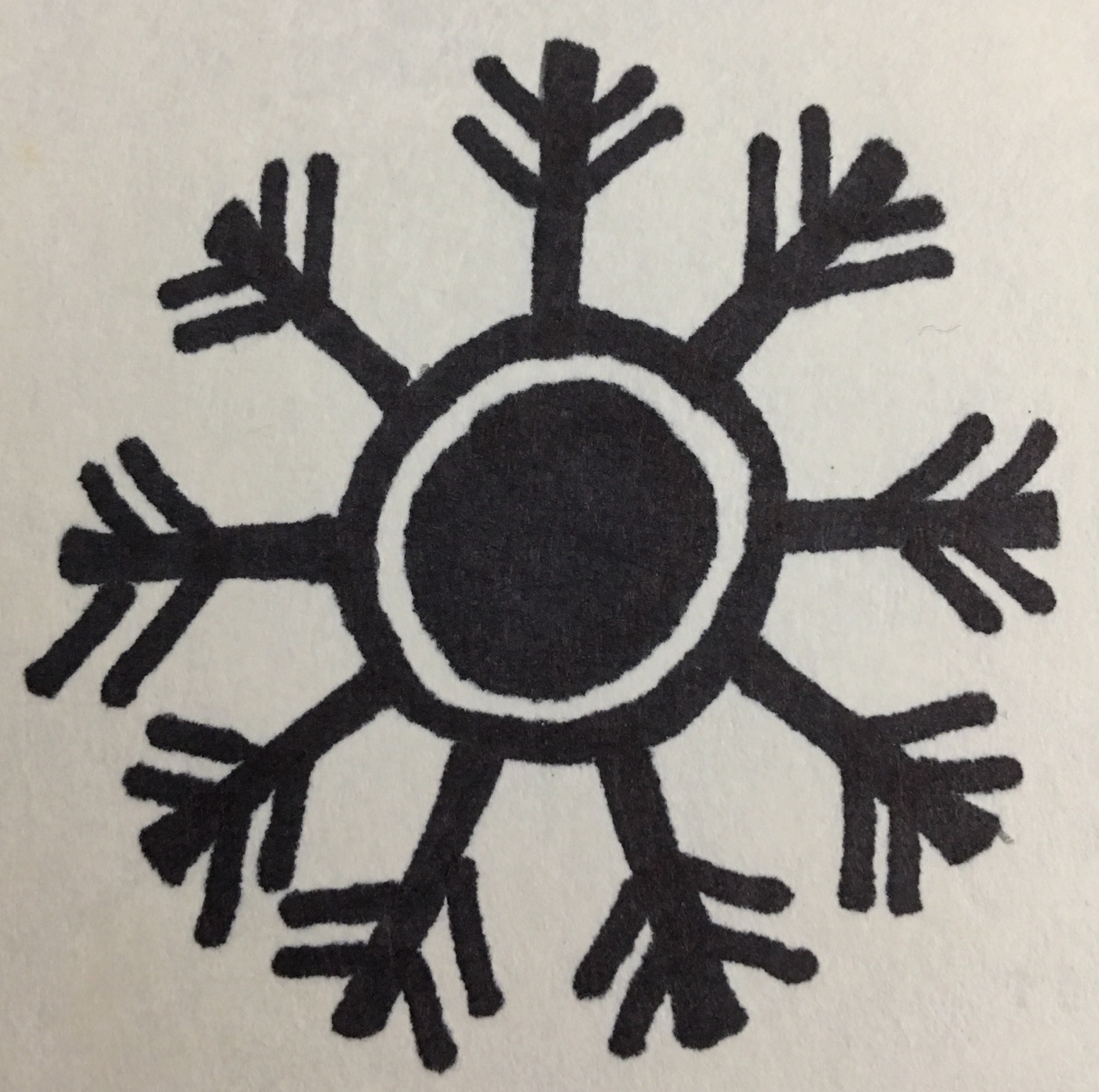Traveler's Grass
Grass of the Great Plains
Traveler's Grass is the most common plant found in the Great Plains, creating a large barrier to entering the area as well as traversing anything other than defined paths. The grass can grow to incredible heights, sometimes over thirty feet in height. This thick grass grows closely together and seemingly has a single root system that provides for the whole of the Great Plains.The Great Plains is a great example of a homogenous ecosystem as the only grass that grows across the plains is Traveler's Grass. Amongst the more magical plants of the world, this brome-like grass is rather nondescript, seemingly nothing more than simple oats or wheat. At first glance, there seem to be no special characteristics to this grass, making one think that it is little different than the grasses that cover the Cradle of Clay or other large plains throughout the world.
Traveler's Grass earns its distinction in terms of size and the plant's innate abilities to grow to match the height of the plant next to it. Scholars at one point believed that this was a magical property that allowed the grass to grow to extreme heights, but it is now known that the massive root system below the Great Plains allows the individual shoots to grow to match others as the Traveler's Grass is seemingly one large plant.
Although rarely studied, the Traveler's Grass has shown the extremely hardy properties of the trees in the Timbers of the Furnace in regards to quickly replacing any that have been removed. No amount of cutting back the Traveler's Grass from a settlement will stem its growth nor no amount of burning seems to harm the plains for any amount of time.






I love it, though it seems as though it could be a nuisance. XD I really enjoyed reading this one.
Explore Etrea